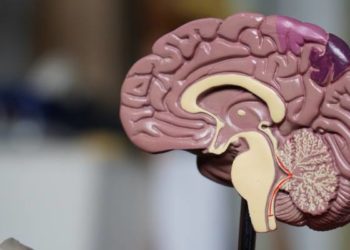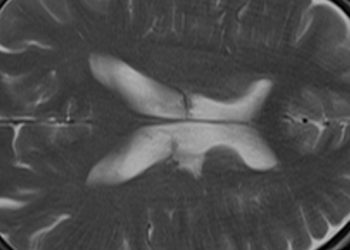Intensive rehabilitation not superior to traditional therapy for arm function after stroke
1. The was no difference between an intensive task oriented physical therapy regimen and a standard physical therapy regimen with regards to arm motor function recovery after a stroke.
2. This study reaffirms the importance of outpatient physical therapy for recovery of arm motor function after a stroke.
Evidence Rating Level: 2 (Good)
Study Rundown: Rehabilitation after a stroke has a large impact on a patient’s long-term functionality. The Interdisciplinary Comprehensive Arm Rehabilitation Evaluation (ICARE) study was designed to compare outpatient intensive task oriented rehabilitation and traditional unstructured rehabilitation in arm motor impairment after a stroke. The interventional rehabilitation method, termed the Accelerated Skill Acquisition Program (ASAP), involved 30 hours of structured task specific rehabilitation over the course of 10 weeks. Participants were assessed after the initial therapy and then 6 and 12 months after the end of therapy using the Wolf Motor Function Test (WMFT). At the end of the study, the mean time on the WMFT was 7.8 seconds for the ASAP group, 5.0 seconds for the group undergoing 30 hours of standard therapy, and 7.7 seconds for the group undergoing standard unstructured therapy. There was no statistically significant difference between the WMFT times at the end of rehabilitation or the change in WMFT over the intervening 12 months. The strengths of this study include a large sample size, recruitment from multiple centers, and the use of a standardized outcome tool. The study is limited, though, by its focus on the performance of specific tasks, which may not reflect an individual’s overall functional outcome. While this study did not show that ASAP is superior to standard physical therapy for arm motor rehabilitation, it does emphasize the importance of outpatient physical therapy on arm motor function recovery after stroke.
Click to read the study, published today in JAMA
Relevant Reading: Interventions for improving upper limb function after stroke.
In-Depth [randomized study]: The ICARE study compared ASAP, involving 30 hours of structured task specific rehabilitation over the course of 10 weeks, 30 hours of standard rehabilitation therapy, and standard rehabilitation without a specific duration for arm motor function after stroke. Study participants were assessed with the WMFT immediately after therapy and 6 and 12 months later. Overall, there was no statistically significant difference in the mean times between groups (7.8 seconds, 5.0 seconds, and 7.7 seconds, respectively) or the change in WMFT time from baseline (-8.1 seconds, -8.7 seconds, and -7.5 seconds, respectively).
Image: CC/Wiki
©2016 2 Minute Medicine, Inc. All rights reserved. No works may be reproduced without expressed written consent from 2 Minute Medicine, Inc. Inquire about licensing here. No article should be construed as medical advice and is not intended as such by the authors or by 2 Minute Medicine, Inc.






